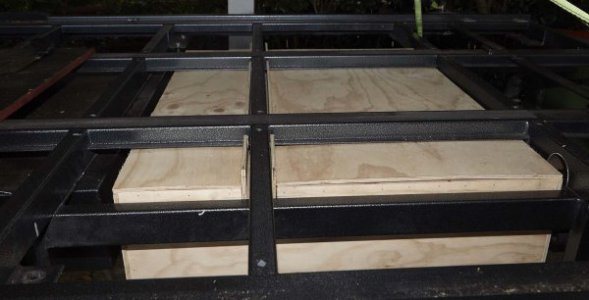- Joined
- Mar 17, 2017
- Messages
- 87
To add a thought here - a long time ago I owned a Ford pickup - a 1955.
The tank in that was supported in a cradle - the cradle bolting to the chassis. Think a set of L legs - the long side bolted to the frame.
The tank was then supported on the other side of the L, and its mount to the L and the chassis was steel strapping.
Admittedly parasitic weight, but that bugger was NOT going to get loose as long as the though bolts to the chassis held.
I shook a lot of bits off that truck in some fairly inhospitable places, but the tank was never a worry.
Just my two penn'orth - Alan.
The tank in that was supported in a cradle - the cradle bolting to the chassis. Think a set of L legs - the long side bolted to the frame.
The tank was then supported on the other side of the L, and its mount to the L and the chassis was steel strapping.
Admittedly parasitic weight, but that bugger was NOT going to get loose as long as the though bolts to the chassis held.
I shook a lot of bits off that truck in some fairly inhospitable places, but the tank was never a worry.
Just my two penn'orth - Alan.


